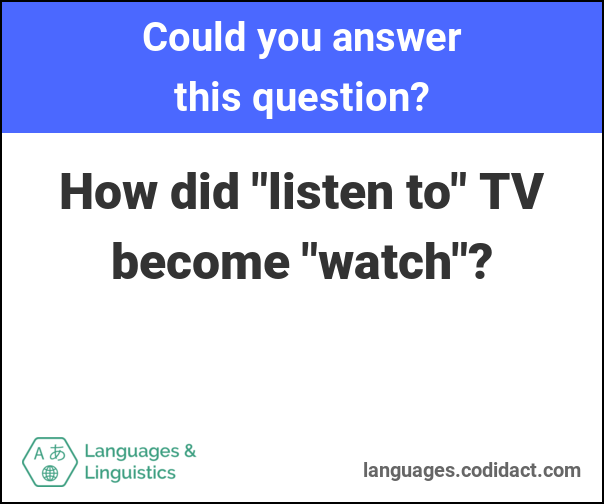In a Red Giant Binary System, How Far and How Wide Can the Habitable Zone Be?
Our estimates of our own habitable zone--a piece of space in which liquid water is possible--have varied over the years, but the current estimate is by Ramirez and Kaltenegger in 2017. Based on an expansion of the classical carbon dioxide-water vapor habitable zone model and assuming a volcanic hydrogen atmospheric concentration of 50%, they have estimated our habitable zone to be from 0.95 to 2.4 AUs from our sun.
In this scenario, we have discovered a solar system orbiting two stars--both of which are red giants (which isn't unheard of, as KIC 9246715 can vouch for that.) Each is eight times as wide and as massive as our current sun. One star orbits the other from a distance of one-and-a-half AUs.
Using the specified information above, how far would the habitable zone be from those two suns, and how wide would that zone expand to?
This post was sourced from https://worldbuilding.stackexchange.com/q/165978. It is licensed under CC BY-SA 4.0.





















0 comment threads